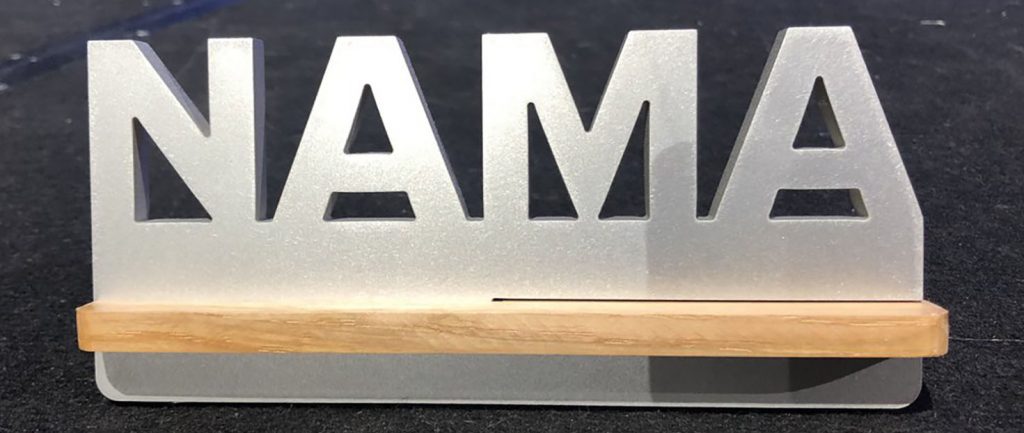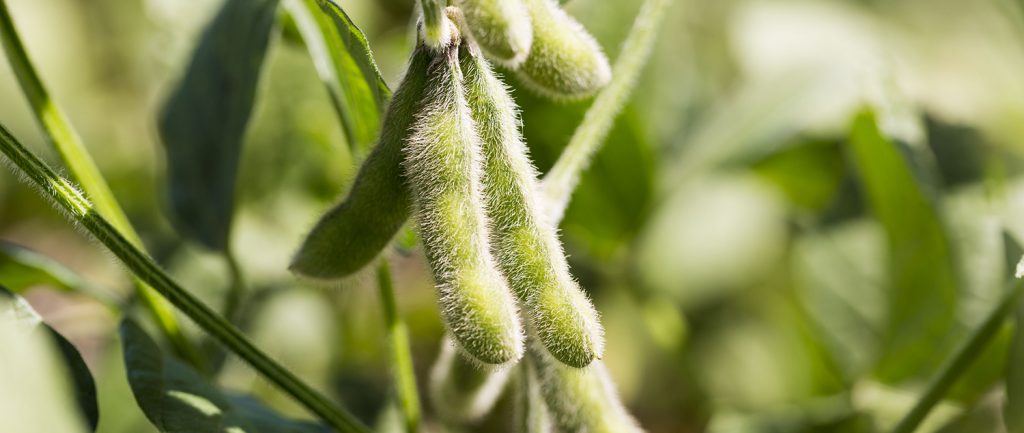One of the oldest commodity debates is quality versus quantity.
Is it better to have more bushels per acre or have a higher quality bushel? What if the “tool” used to measure quality – is really another measure of quantity?
In the case of commodity soybeans, quality is determined primarily by protein content. Soybeans with a higher protein content are often deemed higher quality, but that puts northern soybeans at a disadvantage. While the percent of protein may be lower in northern soybeans, the content of amino acids present allows livestock to use the meal just as well.
“Animals do not really need protein. They are actually looking for amino acids, specific amino acids, primarily the ones that are the most limited to their growth,” said Seth Naeve, University of Minnesota Extension soybean agronomist, during a recent phone interview.
Seth has been working with protein levels in soybeans for most of his career.
In 2006, he started working with U.S. Soybean Export Council to survey and report the quality of the U.S. soybean crop. Every year, he takes that report to Asian counties that purchase U.S soybeans.
In addition to that, Seth works with soybean marketing groups out of Minnesota, North Dakota and South Dakota. He makes two or three additional trips to Asia to talk specifically to end users about soybeans exported from the Pacific Northwest and the amino acid content of those soybeans and soybean meals.
He recently returned from a trip to Sri Lanka and Vietnam.
“The three states have a marketing group that is a coalition,” he said. “The unique part about Minnesota and the Dakotas, not only are they all challenged with low protein soybeans produced from the region, they also tend to move all of their soybean exports off the Pacific Northwest.”
The specific reason as to why upper Midwest soybeans tend to have a lower protein content is not clear. Seth focuses much is his research on better understanding the soybean plant and how it produces protein in the seed.
“It is really hard to know what the big environmental drivers are, the shorter season that we have in the north is definitely a part of it,” he said.
Protein requires large amounts of nitrogen. In the case of soybeans, much of that nitrogen uptake is facilitated by bacteria-forming nodules on the roots. Due to the Upper Midwest’s cooler springs and cool falls, it is possible that nodulation is starting later in the plants’ life and shutting down before the seeds have finished filling. Less nitrogen uptake results in lower protein beans.
Protein content is made up of many different types of amino acids – lysine, cysteine, methionine, threonine, tryptophan are a few examples. These amino acids can exist in different ratios within the seed or soybean meal.
“What we find is that these lower protein soybeans in the north tend to be a little bit enriched in those limiting amino acids, so while we may have less protein, the protein tends to be of a higher quality in general,” he said.
This is the message that Seth is taking to feedlot operators, nutritionists and other end users in different Asian countries.
The Pacific Northwest (PNW) export region represents approximately 25 percent of the U.S. soybean export market. As most of the soybeans marketed through that region come from the Upper Midwest, they tend to have a lower protein content. Countries may shy away from buying soybeans out of the PNW, resulting in a lower export price.
“We are trying to encourage increased exports from the U.S. in general, but really targeting our area,” he said.
The response has been positive. Seth said that it takes about three visits with end users to convey their message.
“It is clear every time we visit purchasers for the first time and start meeting with nutritionists, they are very skeptical of what we are trying to propose,” he said. “We just ask them to take a closer look.”
By the second visit, they have taken the time to consider our message and done their own research. They may have even purchased some soybean product from the PNW.
“By the third time we go back and meet with each of these end users, in these countries, we receive some very positive feedback. They are happy and they are seeing something. They, a lot of times, will bring data to us, show us that they are measuring and evaluating performance on their end,” he said.
Despite using what is believed to be a lower quality soybean product, the livestock are performing just as well as when fed soybeans with higher protein content purchased from other destinations. The higher quality protein in the PNW soybeans and soybean meal make up the difference for having a lower protein quantity.







